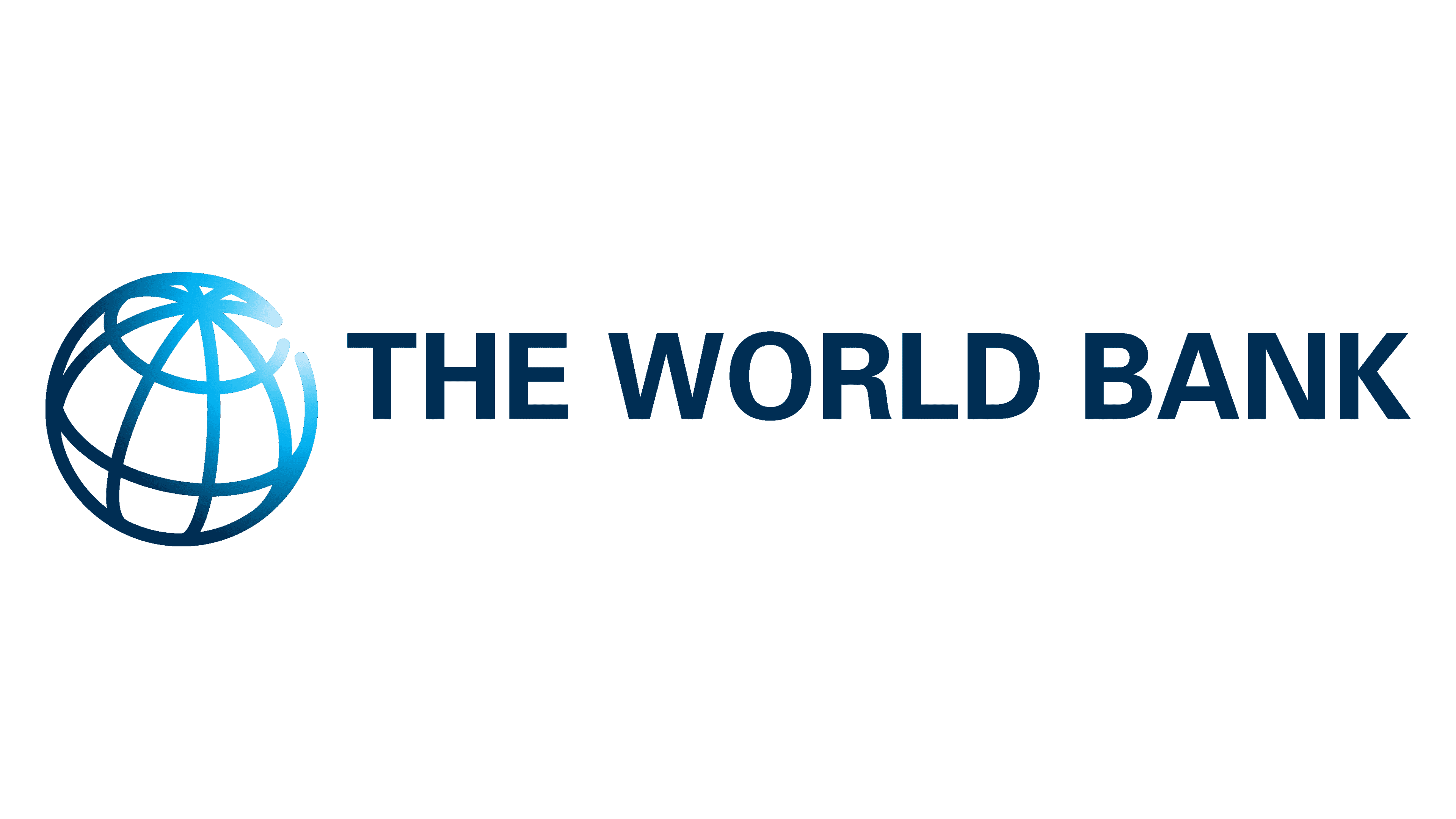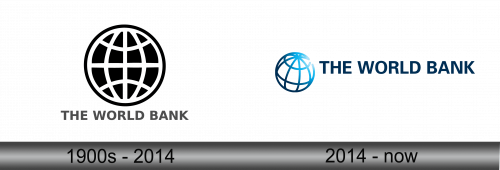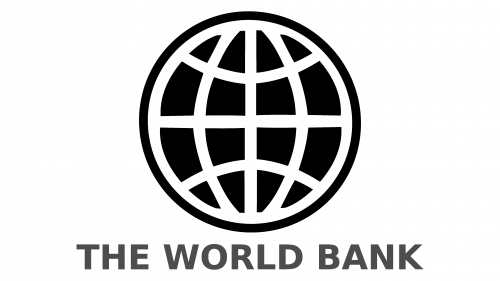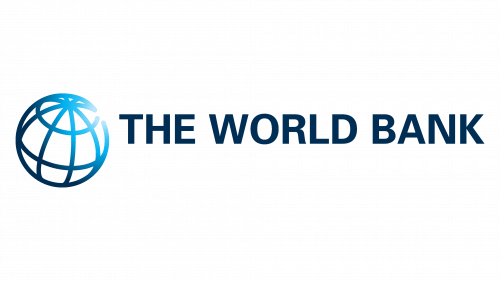The World Bank Logo
The World Bank, a vital international financial institution, primarily focuses on funding projects in developing countries to foster economic development and poverty reduction. It comprises two main components: the International Bank for Reconstruction and Development (IBRD) and the International Development Association (IDA). The IBRD lends to middle-income and creditworthy low-income nations, while the IDA provides grants and low-interest loans to the world’s poorest countries. Together, they offer financial and technical assistance, addressing global challenges like health, education, and climate change, aiming to achieve sustainable and inclusive economic growth worldwide.
Meaning and history
Founded during the aftermath of World War II in 1944, The World Bank emerged from the Bretton Woods Conference as an instrument to rebuild war-torn Europe. Its inaugural act was the financing of post-war reconstruction in France in 1947, signifying the start of its global poverty alleviation efforts.
As the decades progressed, the Bank’s ambit widened, reaching beyond Europe. By the 1950s and 1960s, it had diversified into sectors like education, agriculture, and infrastructure across continents including Africa, Asia, and Latin America. This era also witnessed the formation of two critical arms: the International Finance Corporation (IFC) in 1956, focusing on private sector development, and the International Development Association (IDA) in 1960, targeting the planet’s poorest nations.
The 1970s marked a pivot towards ecological and societal considerations in development projects. The World Bank adopted strategies ensuring environmental preservation and project sustainability, recognizing the intricate interplay between ecological health and development.
The economic challenges of the 1980s led the Bank to introduce structural adjustment loans. These loans, aimed at spurring economic reforms in struggling economies, often involved advocating for economic liberalization and governmental spending cuts, sparking a debate over their societal implications.
In the 1990s, the Bank’s strategy morphed to embrace a more integrated development model, focusing on human development, governance, and strengthening institutional frameworks. This approach underscored the necessity of community involvement in developmental initiatives.
The dawn of the new millennium saw the World Bank confronting global issues like climate change, worldwide pandemics, and financial stability. It emphasized collaborative efforts with various entities, maximizing resource utilization for broader impact.
The World Bank’s journey is marked by commendations for its developmental contributions and critiques over certain policies and projects with possible negative environmental and social ramifications. Continually adapting, the Bank endeavors to balance economic advancement with ecological and social responsibility, aiming to diminish poverty and bolster development in the world’s most vulnerable regions.
What is The World Bank?
The World Bank, a pivotal global financial institution, is dedicated to providing financial and technical assistance to developing countries. It aims to reduce poverty and support development by funding various projects in areas like education, health, and infrastructure, while also focusing on long-term economic growth and addressing global issues such as climate change.
1900s – 2014
The logo is a monochromatic symbol representing the World Bank, featuring a stylized globe framed by longitudinal and latitudinal lines. The globe’s depiction is minimalist, focusing on the interconnectedness of the world’s nations. Under the globe, the name ‘THE WORLD BANK’ is inscribed in bold, uppercase letters, asserting its prominence and authority in the financial realm. The stark black and white contrast implies a clear vision and straightforward approach, while the globe conveys the Bank’s worldwide reach and influence. The simplicity of the design suggests transparency and a global perspective, resonating with the organization’s commitment to international development and poverty reduction.
2014 – Today
This iteration of The World Bank’s logo features a globe in hues of blue, symbolizing the institution’s global reach and its focus on oceans and sky, possibly reflecting a commitment to environmental issues. This logo uses color to signify vitality and diversity. The globe’s design is sleek, with latitude and longitude lines suggesting global interconnectedness. The organization’s name appears to the right, in a deep blue, projecting authority and stability. The font is modern and sans-serif, reflecting a contemporary and accessible institution. This colored logo represents an evolution towards a more dynamic and interconnected approach in the Bank’s mission.













